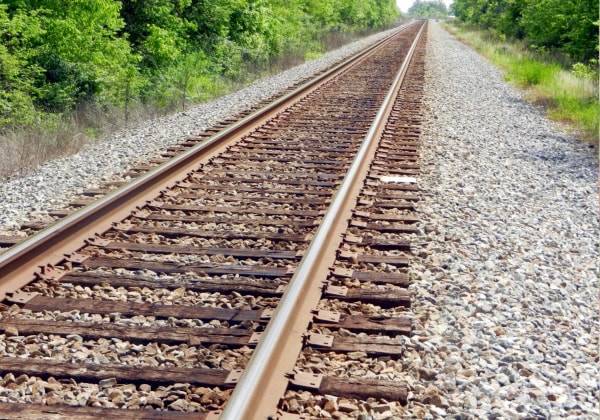

In two years presumably. It’s been two years away since 2015.


In two years presumably. It’s been two years away since 2015.
So we can build things to a somewhat lower capacity sure. That helps, but what exactly does it solve?
Even if we assume everyone can work from home, people still need to go places for other reasons.


What’s the difference?
Anti car doesn’t mean completely banning cars. Nobody is saying to replace ambulances with bus trips. There’s obviously a need and cars would be much more effective for those things if the roads weren’t clogged with people who don’t have a need.


Fast & frequent public transport, safe cycling infrastructure, footpaths, just putting things closer together to reduce the need for transport


The only solution to car traffic is building viable alternatives to driving. Alternatives also bring many environmental and societal benefits.
It’s Shanghai, Yan’an Road West. You can see the front of Jing’an Temple and the adjacent mall in the distance. There’s definitely some editing weirdness going on on the road in the foreground though.


Should it not be double foldable? It has two folds
I’d guess with inflation you’d be right, but if we’re sticking with the current value, what on Phase 2 justifies it costing the same as Phase 1?
Yeah they’re really taking their time with it.
You have to spend billions before laying track. That’s true of any high speed rail. They’ve done a lot of groundwork and built a lot of structures, and they should be laying some track relatively soon.

Merced to Bakersfield is the initial operation segment, that is estimated to cost $28–35 billion, as per your link. This is the cheapest phase that you are referring to.
Phase 1 adds the segments to SF and Anaheim. This is projected to cost $130 billion.
Phase 2 adds segments to San Diego and Sacramento. These are a long way off and I haven’t seen any cost estimates for it, but as you can see it doesn’t triple the length of the system.
There is no Phase 3 in the official design.
So where does the $500 billion come from?
full phase 1 != the IOS. The IOS is predicted to be $28–35 billion. The full phase 1, which is SF and Merced to Anaheim, and also most of the entire network, is predicted to be $128bn (as per your quote).
The IOS is projected to commence revenue service as a self-contained high-speed rail system between 2030-2033, at a cost of $28–35 billion, and will replace current San Joaquins service south of Merced.
From the top of the page you linked. I see no reference to $130b.
The federal government can also fund infrastructure projects in states.
Source on the $500 billion?
And governments don’t need to find money to fund capital projects. The US government can print money. They can effectively borrow money against the future economic growth that the project will provide, which is an easy bet with projects like this.


There’s a facebook group for that line, perhaps they could help you: https://www.facebook.com/groups/upbelvideresub/
The 20mph has had a measurable impact in Wales, and it does lower average speeds even if more people are now driving over the limit. It really should come along with infrastructure changes to reflect the lower limits, but that would take decades and this is something that can be done quickly.
Timeguessr is very similar to whentaken, but I prefer the former.